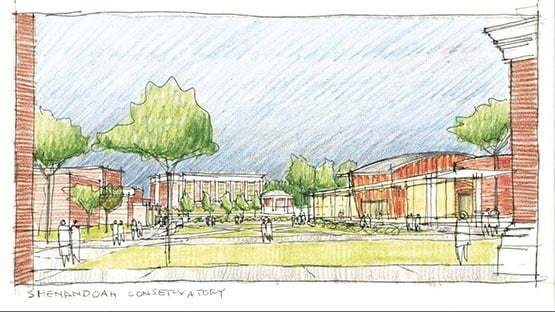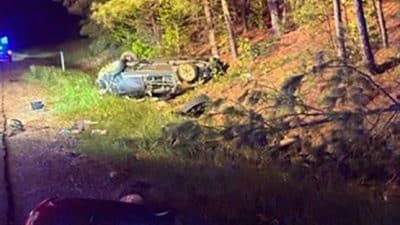
Nearly 55 percent of deer vs. vehicle crashes occurred in the months of October, November and December last year across the Commonwealth – making up 3,265 of the 5,990 crashes. More than a quarter (1,575) of deer-vehicle crashes that year occurred in November alone.
“Having been in a crash involving a deer, I am well aware of the danger,” said dmv Commissioner Richard D. Holcomb, the Governor’s Highway Safety Representative. “Sometimes these crashes are simply unavoidable. However, staying alert for deer is always good advice, particularly this time of year. Follow the posted speed limits and pay attention to deer crossing signs. And, as always, remember to buckle up and make sure everyone in your vehicle is properly secured.”
In 2013, the most Virginia deer-vehicle crashes occurred in Loudoun and Fauquier counties, which reported 360 and 259 crashes respectively. (Below are 2013 deer-related crash statistics by jurisdiction.)
According to the Virginia Department of Game and Inland Fisheries, deer are most active this time of year because fall is their mating season.
“Deer can suddenly bolt onto the road catching motorists and motorcyclists off guard. AAA is urging drivers to remain alert, distraction free and to use extreme caution in hopes to allow enough time to react for the unexpected,” advised Martha Mitchell Meade, Manager of Public and Government Affairs for AAA Mid-Atlantic.
AAA Mid-Atlantic offers the following tips for drivers:
- Buckle up and reduce speed. A decrease in speed gives you more time to react.
- Be observant. Look for deer-crossing signs indicating areas where deer frequently travel. Deer are creatures of habit and may often use the same path again – remember where you see them.
- Be alert. A deer standing near a roadside may suddenly run across the road. Slow down and use your horn to scare the deer. Never shine or flash your vehicle’s lights. This can cause the deer to fixate on your vehicle. Use high-beams for greater visibility.
- Look for groups. Deer travel in groups, so if you see one crossing the road ahead slow down, as there are probably others in the area but out of view.
- Never swerve. Instead, slow down and brake. Swerving can cause you to lose control of your vehicle and strike another vehicle or object along the roadway.
- Do not rely on devices. There is no conclusive evidence that hood-mounted deer whistles and other such devices work.
- Slow down. If a crash with a deer is unavoidable, AAA recommends slowing down and releasing your foot from the brake before impact. This will raise the front end of the car during the crash and increase the likelihood that the animal will go underneath the vehicle instead of through the windshield.
If you are involved in a deer-related crash, you are required by law to report the incident to your localConservation Police Officer (Game Warden) or local law enforcement where the incident occurred. Do not try to move a deer as an injured deer might panic and seriously injure a Good Samaritan.










